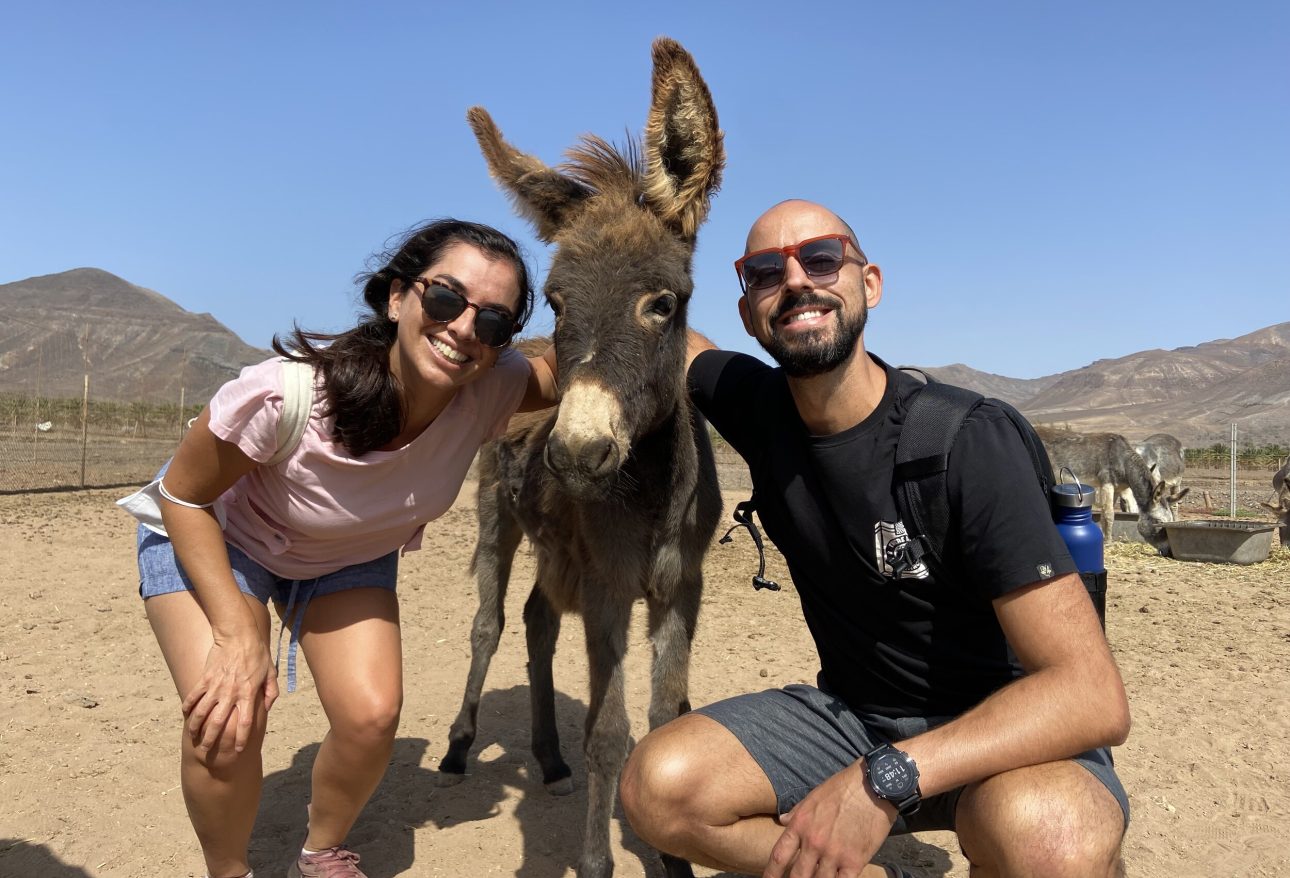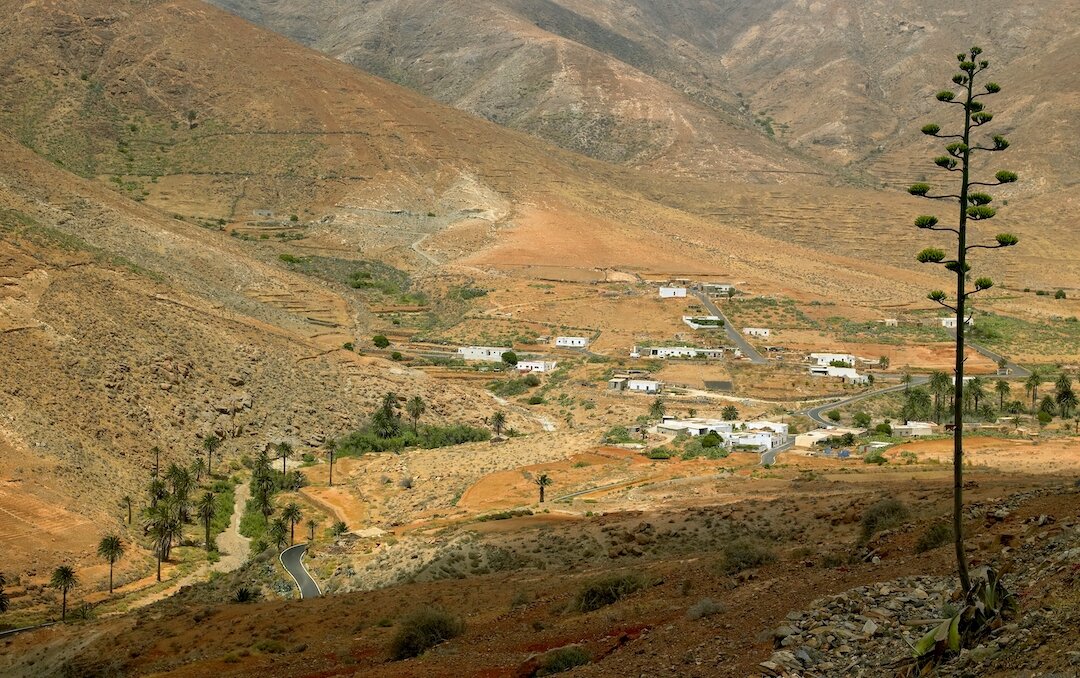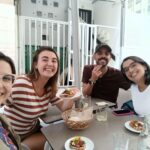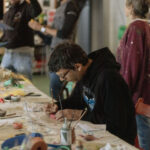Post written by Elsa Rodríguez Felipe (co-founder of remote villages)
The rural world is the perfect scenario to implement a sustainable tourism development model based on environmental, social and economic respect. Protection, and conservation, of the environment we are visiting is key to this type of tourism, as well as the well -being of the local community that lives in these places. Equally important is the profitability of the model, that is, it has to be sustainable in the long term. In addition, the involvement and commitment of local agents is essential if we want to last and generate a positive socio-economic impact on the destination.
Rural environment of the island of Fuerteventura, Canary Islands. Elements Envato Photography.
There are many reasons why we should choose this sustainable model where the quality, exclusivity and authenticity prevail, versus a mass model that is governed by mediocrity, quantity and lack of originality. For us, the 5 priority reasons why we should enhance sustainable tourism in rural environments would be the following:
1) The return to the roots. The earth is what gives us what we need to live and the one that marks the rhythm, nature sends. In the field there are no hurry, but the tranquility prevails, which is now known as "Slow Life." We need to get out of those cities full of noise, traffic and the "run" to be able to meet again with ourselves, with our essence and with the meaning of being in the here and now. Go out for a walk, breathe pure air, embrace trees, listen to the sound of birds and leaves are many of the activities that will help us value the rural world.
2) The connection between people. Travel allows us to visit many places, know different cultures and immerse ourselves in new adventures. However, we rarely manage to connect with the people who live in that place, understand their business or their way of life, learn their stories, in short, be part of their day to day. The basis of sustainable tourism is the connections, allows visitors to integrate into the community contributing their grain of sand at the same time that they take a wonderful experience. It is the synergies that prevail, that collaboration between people, both of those that are part of the local community and those that are only passing through.
3) The creation of tourist products. The value chain of the tourism sector is very wide and transversal, many of the agents of the rural world do not know that their activity can be considered as a tourist. A sustainable tourism development allows innovation, diversification and the creation of new experiences for people who visit rural areas without losing the authenticity of what is being offered. A very simple example can be an ecological farm, which is dedicated to the cultivation of different vegetables and fruits, and that begins to organize sustainable seedlings. Open the doors and receive visitors ("tourists") offering them authentic experiences is the creation of a tourist product.
Sustainable Semilleros Workshop with the Costa Finca during ICOD Remote. Photography by Teddy Murphy.
4) The empowerment of local entrepreneurs. Most businesses or projects in rural environments are family or unipersonal. When a sustainable tourism model is implemented, they are visible, it communicates to the world that exist and that its work has value. They begin to collaborate with other local actors that are in their same situation, synergies arise between them and feel empowered because they stop fighting alone. The union is the one that makes strength and the one that allows us to go further.
5) Alignment with sustainable development objectives (SDGs). The development of sustainable tourism in the rural environment contributes positively to the achievement of most sustainable development objectives (SDGs) of the United Nations 2030 Agenda, especially the following:
-
ODS 8 "Decent work and economic growth", promoting the entrepreneurial spirit, especially of young people, giving access and creating new employment opportunities, diversifying the economic sectors and reducing youth unemployment and the fugging of talent.
-
SDG12 “Production and consumption responsible”, supporting agroecological production, prioritizing family agriculture that manages its exploitation in a sustainable way and raising awareness of the importance of buying zero kilometer products, as close as possible.
-
ODS 17 "alliances", involving local administrations to generate effective alliances in the public-private sphere and enhancing collaborations between rural companies horizontally.
From pueblos remotos we have designed a model that just promotes these 5 basic aspects. Each of the editions takes care of the criteria of what we have called the “connected rurality” that promotes the connection with: the environment, ourselves, other people like us, the local community and the world in general, through the use of New technologies and digitalization.
Our goal is to create a meeting space between visitors and local actors, where there is knowledge transfer and exchange of experiences that last over time and where, above all, we can give voice and visibility to all those rural projects and initiatives that are struggling to make this world a better place. When the passion for caring for the environment, benefiting local communities and generating profitable projects in the long term, that is where sustainable tourism development has a place and should remain.








